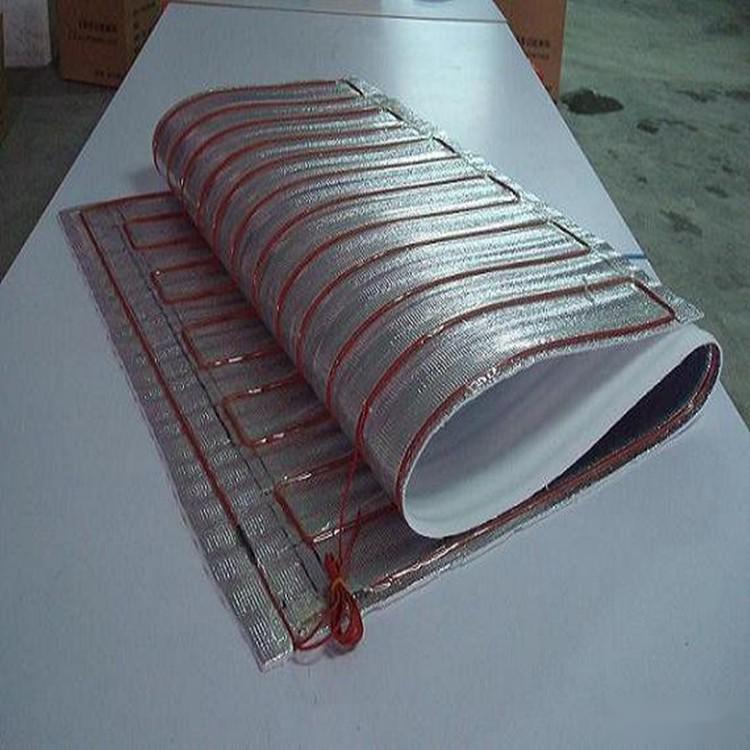


Heating facilities for pig house floor heating. With the rapid development of the animal husbandry industry in China, the number of pig farms has been increasing, and the breeding scale has shifted from small-scale farming to specialized farming. Supported by national policies, large-scale breeding farms are now spread across the country. However, there is an urgent issue that needs to be addressed in breeding farms—heating.
We learned from Huazhong Agricultural University that due to the special heating requirements of breeding farms, heating has been a long-standing unresolved issue. When sows give birth, piglets come out at a body temperature of 40°C. If not properly insulated, piglets can easily catch a chill and develop diarrhea, leading to a high mortality rate. At this time, the temperature needs to be maintained at 38-40°C; one week after birth, the temperature should be around 36-38°C; one month after birth, the temperature can be around 32°C. After piglets move from the farrowing house to the nursery, improper temperature can adversely affect their growth and development, and the ambient temperature should be maintained at around 26°C.The traditional heating method in southern China is to burn kang (a traditional heated bed) in small pig farms, while large pig farms use infrared bulbs or rubber heating pads. These heating methods have significant drawbacks: burning kang cannot provide continuous heating, or the temperature is difficult to control; the lifespan of infrared bulbs or rubber heating pads is short, typically lasting only 1-2 years. Furthermore, when using infrared bulbs, small piglets tend to pile up on each other and crowd under the bulbs; rubber heating pads cannot be washed or disinfected due to manufacturing limitations, and piglets can easily chew and damage them when they are teething. Additionally, breeding farms are often located in sparsely populated areas, where power outages are common. During power outages, if proper insulation and heating cannot be provided for the piglets in time, they can easily catch a chill and develop a cold.
In response to this situation, Dongguan Xingguan Electric Heating Products Co., Ltd. has taken the lead in using heating cable floor heating technology in China, manufacturing specialized heating cables for piglet heating in breeding farms. To date, more than twenty large-scale breeding farms in the country have installed heating cable floor heating, achieving good results.
Xingguan electric heating cables are designed as constant temperature heating plates specifically for breeding farms, with different heating power designed according to the needs of piglets. The construction follows ground radiation heating technology and is controlled by a thermostat. The advantages of this heating method are:
1. The temperature can be adjusted at any time according to the needs of piglets, preventing low temperatures that can cause diarrhea and high temperatures that can burn the piglets.
2. Reduces piglet mortality caused by power outages. During power outages, infrared bulbs or rubber heating pads can cause the temperature in the insulation box to drop, leading to diarrhea and death of piglets. The digital constant temperature heating plate is cast in cement, and the temperature takes 2-3 hours to drop to around 20 degrees.
3. Long service life and low cost. The typical service life in breeding farms is 20 years, ensuring the longevity of heating cables used for piglet heating.
4. Energy-saving. The digital constant temperature heating plate uses a digital thermostat for automatic control, providing thermal storage and insulation, effectively saving electricity.
5. Washable, reducing the risk of cross-infection from pig diseases due to contamination.
Specifications for the nursery (weaned piglets) include 100 cm × 180 cm (1.8 square meters), 100 cm × 200 cm (2 square meters), 100 cm × 250 cm (2.5 square meters), and 100 cm × 300 cm (3 square meters).













